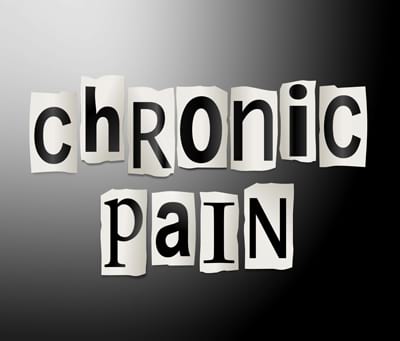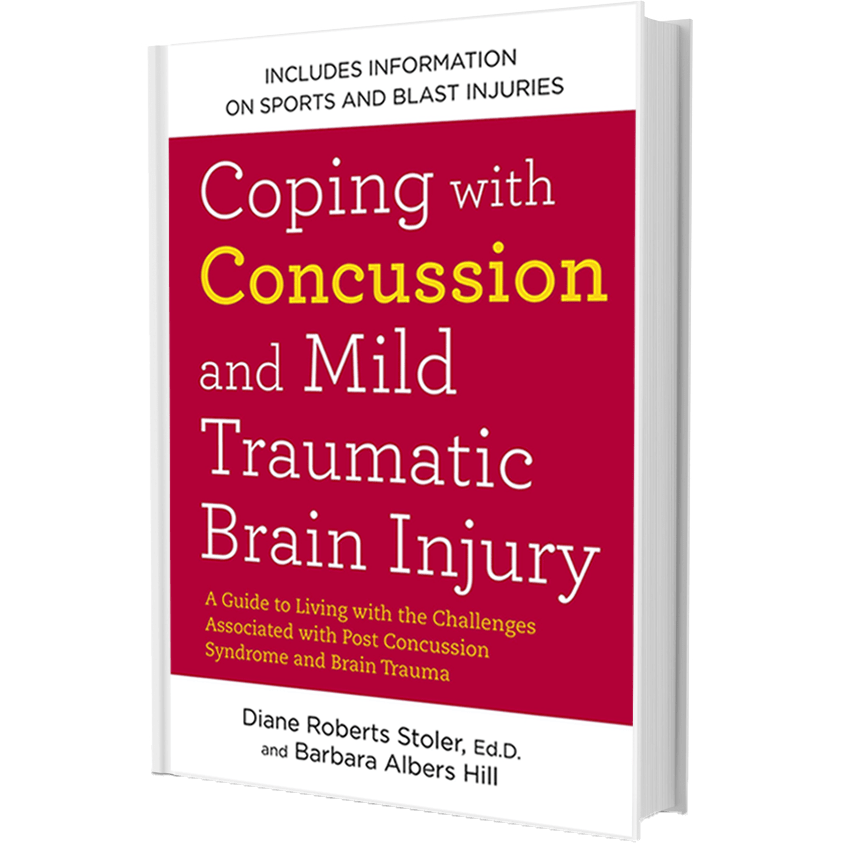Chronic Pain Treatments
- Cancer
- Crohn’s Disease
- Arthritis
- Asthma
- Cancer
- Depression
- Fatigue/Chronic Fatigue
- Fibromyalgia
- Irritable Bowel
- Mitochondria
- Ulcers
- Back Pain
- Neck Pain
- Fibromyalgia
- Trigeminal Neuralgia
- Shingles
- Radiation
- Lyme Disease.
Movement Disorders
- Dystonia
- Myoclonic
- Essential Tremor.
- Locked-in Syndrome (LIS)
See how Dr. Diane® helped Pat, who was diagnosed with Locked-in Syndrome, to not only move, but dance along with her after using her proven treatment methods!
Dr. Diane® and her team of Brain Health Experts understand that you are suffering and have lost your ability to function and live a normal life. Her program for Chronic Pain Treatment is unique, because it is not a pain management program. Instead she focuses on core reasons and issues that are causing pain, which resides in your brain.
Oasis Pro Helps Alleviate Pain. See video below.
Insurance Format of Treatment Programs
Conventional, Complimentary, and Alternative. Conventional treatment is always covered by insurance, Complementary therapy, is often covered, but not by all insurance providers, and Alternative treatments are never covered by insurance.
Conventional
Traditionally, there have been four conventional Treatments for Chronic Pain and Chronic Illness: Surgery, Medication, Physical Therapy, and Psychotherapy. These methods remain very effective; however, there are now integrative approaches available that are also helpful.
One integrative approach is through nutrition. Our Brain Health Team expert, Martha Lindsay can help you. The first step in dealing with Chronic Pain and Chronic Illness is to change what you eat, because a traumatic injury, regardless of the cause, produces inflammation in your body and brain. To reduce this inflammation, it is important to follow a diet high in Omega 3, including foods such as wild Sockeye Salmon, sardines, chia seeds, flax seeds, cherries, broccoli, and avocado, while eliminating cane sugar, artificial sweetener, and corn syrup. An over-the-counter medication called Wobensym N, which is designed for Healthy Inflammation and Joint Support, as well as Gama-Aminobutyric Acid (GABA), which helps with inflammation.
Physical therapy is helpful in treating general inflammation and myofascial pain, which is pain in the covering of the muscle. Muscles normally move smoothly next to each other, but an injury can cause the myofascia to become stuck together, which causes pain. Cranial Sacral Therapy, a specific form of physical therapy, is very effective against chronic pain; Anthony Percoco is our physical therapist and is also trained in Cranial Sacral Therapy. The Burdenko method of dynamic water-and land-based movement exercises is also effective; Dr. Igor Burdenko is a member of our Brain Health Expert Team.
In addition, Cognitive-Behavioral Therapy (CBT), a form of Psychotherapy, can help ward off depression, manage stress, and find the emotional tools for coping with long-term pain.
Over-the-counter and prescribed medication for Chronic Pain can be extremely helpful. However, after a brain injury, such as a Concussion or Stroke, you should bear in mind that you may be newly sensitive to even low doses of over-the-counter products. In addition, side effects–a fact of life with any medication–can slow down your recovery, so be sure to start with minimal doses and follow your doctor’s instructions carefully.
Minor aches and pains are best treated with Aspirin and/or Nonsteroidal Anti-Inflammatory Drugs (NSAIDs), such as Ibuprofen and Naproxen Sodium. These products block the production of body chemicals called Prostaglandins, which play an important role in the pain, heat, and swelling that occurs with tissue damage. Prescription-strength NSAIDs are available for people who do not respond to over-the-counter drugs. Topical ointments that include Aloe or Capsaicin are also helpful.
Prescription medications used as Treatments for Chronic Pain and Chronic Illness also include Diazepam (Valium), which is a muscle relaxant, and Amitriptyline (Elavil, Endep), an antidepressant that when taken at bedtime can be useful for sleep and pain management. It is still unclear how and why these medications work to reduce pain; however, they are often found to be very effective. Corticosteroid injections may be used for treatment of joint pain, particularly in the hands, ankles, feet, hips, or knees.
Narcotics, which block the transmission of pain messages to and from the brain and spinal cord, are an option for extremely severe, persistent pain. If you require more powerful pain medication such as the Narcotic Meperidine (Demerol), you may be able to reduce the amount you need by supplementing the prescription drug with over-the-counter medication such as Aspirin, Acetaminophen (Tylenol and others), Ibuprofen (Advil, Motrin, Nuprin, and others), and/or Naproxen Sodium (Aleve). By alternating different products, you are more likely to feel relief with lower doses of medications. Keeping your use of powerful prescription medications to a minimum has several benefits. First, it helps prevent your body from building up a tolerance to the drug, which would make you require progressively stronger doses for pain relief. Second, it helps to minimize side effects. In addition, taking an over-the-counter product in conjunction with a prescribed pain medication–with your doctor’s guidance and approval–can sometimes enhance the prescription drug’s effectiveness. Furthermore, your symptoms can be complicated by rebound phenomenon, in which increasing the dose of pain medication actually causes more pain as the medication begins to wear off. Occasionally Anticonvulsants are prescribed for severe piercing, stabbing pain. A form of continuous administration called Epidural Therapy involves injecting narcotics directly into the membrane around the spinal cord. This helps to avoid numerous side effects associated with these drugs.
Medications
- Amitriptyline
- Desipramine
- Nortriptyline
- Fluoxetine
- Paroxetine
- Duloxetine
- Cymbalta.
- Acetaminophen
- Tramadol
- Steroids
- Prednisone
- Dexamethasone.
- Carbamazepine
- Valproic acid
- Phenytoin
- Clonazepam
- Gabapentin (Neurontin)
- Levetiracetam
- Lamotrigine
- Oxcarbazepine
- Pregabalin
- Lincosamide.
Local
- Lidocaine
- Mexiletine
- Flecainide.
Topical
- Capsaicin
- Lidoderm patch
- “Speed gel”
- Compounded neuralgic topical preparations containing ketamine, bupivacaine, diclofenac, carbamazepine, gabapentin, topiramate, orphenadrine, doxepin, and others in various formulations.
Complementary
Acupuncture has been found to work well at controlling Chronic Pain. William Mogan is on our Brain Health team of experts and works in the field of Acupuncture. Hypnosis and relaxation training are effective as well; however, you may have to wait to try this method if you are having problems with concentration or attention-span difficulties. Dr. Diane® is a Certified Consultant with the American Society of Clinical Hypnosis. Four of Dr. Diane®’s Hypnosis scripts on the following areas are published in the Handbook of Hypnotic Suggestions and Metaphors, edited by D. Corydon Hammond, Ph.D.-Norton, 1990.
- Hypnosis in Pain Management-Suggestions with Post herpetic Neuralgia (‘Shingles’)
- Hypnosis with Cancer Patients-Breast Cancer: Radiation Treatment and Recovery
- Hypnosis with Medical Disorders-Suggestions for Vaginal Warts.
The supplement S-Adenosylmethionine (SAM-e), a synthetic form of a compound formed in the body from the amino acid methionine and the energy-producing compound adenosine triphosphate, is helpful for depression and pain management.
Bioenergetics Therapy, founded by Dr. Alexander Lowen, is a body-oriented approach to Psychotherapy that is effective with Chronic Pain. Thought Field Therapy (TFT), Energy Psychology, and Energy Medicine are all helpful as well. Dr. Diane® is certified in the area of Energy Psychology, and has trained with the originator Dr. Roger Callahan, as well as Dr. Fred Gallo. Biofeedback can be very useful in pain management, as can Heart Rate Variability methods. EMG Biofeedback and Neurofeedback can help to normalize electrical activity in the motor areas of the brain, enhancing motor reflexes and changing the perception of pain. The Photonic Stimulator for light therapy w used by NASA for pain management aboard the Space Shuttle. Dr. Diane® and Paul Soper have been extensively trained in the field of Neurofeedback. In fact, Dr. Diane® trains other clinicians in the use of these methods in her workshops on Cutting Edge Technology.
Alternative
Polarity Therapy, which maximizes the flow of internal energy and encourages the body to heal, may be effective against muscle pain and movement problems. Some believe that reorganizing the body’s energy structure, internal flow, and communication mechanisms can help improve balance and coordination. Therapeutic Touch, Reiki, Quantum Touch, and QiGong can be very useful in pain management. Watsu, a form of bodywork that combines water, shiatsu massage, and yoga, may be helpful as well. Clara Diebold is our Reiki Master on our Team of Brain health experts. Ayurvedic Medicine is a Hindu system of traditional medicine that relies on plants and minerals and includes various treatments for pain management. Ayurvedic practitioners can be found in most major cities. In addition, there are Buddhist and Chinese herbalists who offer many effective remedies for pain.
Aroma therapy using the Young Living Oils Relieve it and Painaway can be useful in pain management; Dr. Diane® uses Young Living Oil. Bach Flower’s Rescue Remedy, along with Star of Bethlehem, Cherry Plum, Sweet Chestnut, and White Chestnut may be effective as well. Dr. Diane® is a Bach Flower Practitioner and she can provide you with your own unique formula designed just for you. A supplement used in Europe to help with bodily inflammation is Avocado Soybean Unsaponifiables (ASU). Other products that help combat inflammation are Borage Oil and Evening Primrose, both taken orally, as well as Topricin, a homeopathic topical ointment. Both herbal and homeopathic preparations are available for pain relief. Herbal remedies sometimes recommended for pain include white willow bark, bai shao, and ye jiao. Among homeopathics, Arnica is recommended to relieve muscle soreness, while Natrum Sulphuricum, Bungaris, and Carbo Vegetabilis help with muscle, headache and generalized pain. Susan Keefe is a homeopathic practitioner.
Traumeel, an over-the-counter homeopathic, is specifically designed for pain and inflammation. As always, it is best to consult with an herbalist or homeopathic practitioner who knows your history and needs before trying an over-the-counter herbal or homeopathic remedy.
Internal and External Methods
This second format is by internal and external methods. Internal methods do not require anyone or thing to help you. External methods are anything else from the external world.
Internal
- Hypnosis
- Energy Psychology
- Heart Rate Variability (HRV Internal)
- Light Therapy
- Muscle Release Therapy
- Nutrition Education
- Homeopathic
External
- Hypnosis
- Neurofeedback
- Biofeedback
- Brainspotting
- Reiki
- Acupuncture



